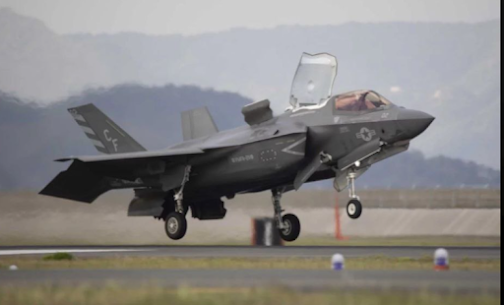Why are the old databases no longer safe?
The current strategy of the US Navy in the Pacific Ocean is based on one alarming fact: many operating bases are no longer so protected. Yokosuka, Sasebo in Japan, and Chinhae in South Korea are key hubs, but they are all within range of Chinese medium—range missiles (up to 5,500 km). This makes them vulnerable to massive attacks in the early days of the conflict.
If the base goes down, the submarines lose access to repairs, ammunition, and supplies. Therefore, the United States and its allies are actively exploring alternatives — dispersed, hidden and flexible.
New locations — from Micronesia to Australia
America is expanding its network of strongholds to increase operational freedom. Among the proposed locations:
- Midway is a remote atoll where you can arrange light supplies and short—term parking.
- Chuuk Lagoon (Micronesia) is considered as an advanced expeditionary base capable of maintaining submarines in a combat position.
- Darwin, Australia — it is planned to place a floating dry dock for the repair of submarines here, which will dramatically reduce dependence on Japanese shipyards.
- Stirling, Australia — will become a nuclear submarine rotation center as part of the AUKUS partnership.
These points form a chain spanning the entire Indo-Pacific region.
What does a floating dock in Darwin and a rotation in Stirling provide?
The floating dock in Darwin is not just a convenience. This is an opportunity to carry out repairs and maintenance without returning to the USA or Japan. This is critical in the context of a protracted conflict.
Stirling will become a permanent home for the rotation of submarines: American and British submarines will be able to come here to rest, recharge and change crews. Australia, in turn, will eventually receive its own nuclear submarines, and the base will be ready to receive them.
How does this change the game with China
The new network of bases is not just logistics. This is a deterrence strategy. By having submarines in different locations, the United States can:
- Stay unnoticed longer,
- React faster to threats,
- Create uncertainty for the enemy — where exactly will the strike be?
The range of 1,000 nautical miles (about 1,850 km) in just two days is the pressure across the entire South Pacific Ocean. China can no longer be sure that its coast is safe.
Sources
- Business Insider — US Navy submarines key to countering China’s navy
- South China Morning Post — US nuclear submarine deployed to Guam boosts Pacific presence
- Newsweek — Two American nuclear-powered submarines in Western Pacific
- Atlantic Council — AUKUS and broader US defense partnerships in Indo-Pacific
- X (Twitter) — proposed submarine base locations map

































.jpg)
